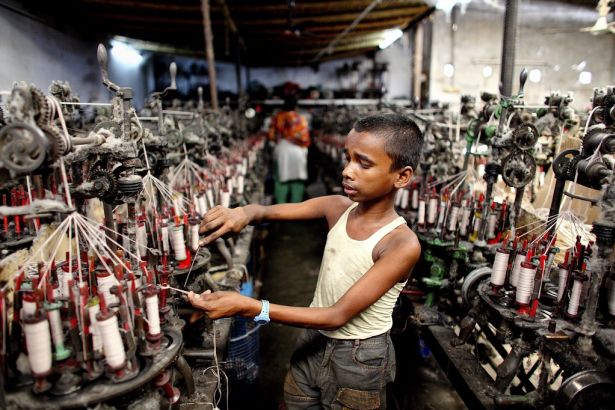Europe records biggest rise in slavery

The European Union recorded the largest increase in the slavery of any world region in 2017, with the arrival of more than 100,000 migrants, many of them extremely vulnerable to exploitation, Thomson Reuters Foundation reported.
The risk of slave labour in farming, construction and other sectors rose across the region, with 20 of the EU's 28 member states scoring worse than in 2016 in an annual global slavery index by British analytics company Verisk Maplecroft, according to the report.
The index, which assessed incidents of human trafficking or slavery, as well as laws and law enforcement in 198 countries, ranked Romania, Greece, Italy, Cyprus and Bulgaria as the countries with the most slave labour within the EU, the report said.
The biggest global increase in the risk of slavery was in Romania, which rose 56 places in the index and is the only EU country classified as "high risk".
Turkey came a close second, moving up 52 places, from medium risk to high risk. The influx of hundreds of thousands of Syrians fleeing war has led to thousands of refugees becoming part of an informal workforce, said the study. Over the past year, several large brands from Turkish textile factories have been associated with child labour and slavery.
"The migrant crisis has increased the risk of slavery incidents appearing in company supply chains across Europe," said Sam Haynes, senior human rights analyst at Verisk Maplecroft. Globally there are 21 million people in forced labour, including children, in a business worth $150 billion a year, according to the International Labour Organization (ILO).
All are key entry points for migrants in the region, Verisk Maplecroft said.
The EU, on average, remains at medium risk of modern slavery, the index said.
It found that even the EU’s largest economies were not immune. The UK, which introduced the Modern Slavery Act in 2016, has experienced a slight negative shift in its scores, moving from low risk to medium.
Some 115,000 migrants and refugees have reached Europe by sea so far in 2017, with more than 80 percent arriving in Italy, according to the International Organization for Migration (IOM), the report added.




